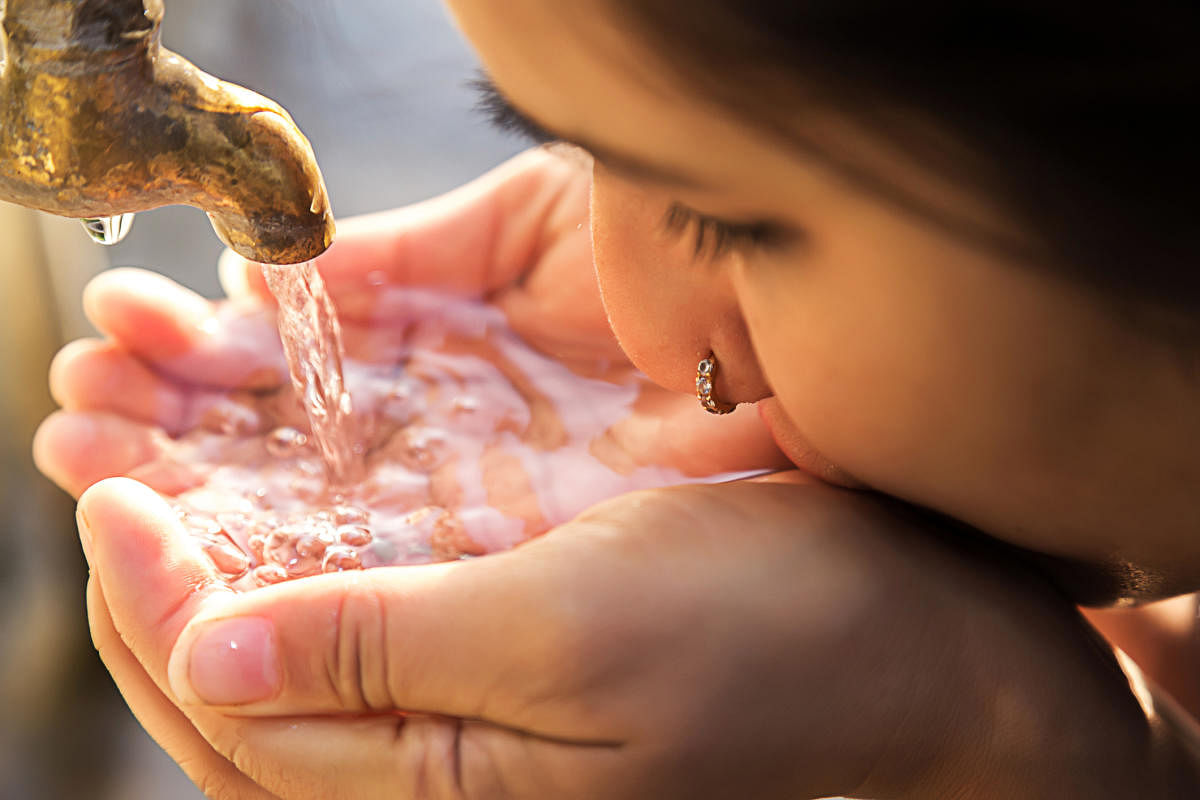The spread of Novel Coronavirus is dangerous as the death toll is continuously rising day by day. People should also remember that planet earth has struggled recently with a number of disasters including bushfires of Australia, heat waves in India, typhoons in Japan and floods in China and India, which also took a heavy toll on lives and caused a huge economic and social disruption.
With the changing climate, natural disasters have become more frequent and intense and therefore, the world needs to be prepared to face this climate change. Water is necessary for both sustainable human development and for the healthy functioning of the planet’s ecosystem.
Availability of freshwater is limited. India’s population is 1.25 billion (2011 census) and is expected to stabilise around 1.6 billion by 2050. This would require 450 million tonnes of foodgrain annually. The basic needs for water for rural and urban populations, industry, environment and ecological management also have to be met, taking into account land-use policies, degradation of water resources, depletion of aquifers etc. Long-term planning of the utilisation of water resources is required to meet the various competing demands on a sustainable basis.
The strategy for mitigating the effects of natural calamity and restore water is required on war-footing. Annual precipitation estimated to be of the order of 4,000 bcm (billion cubic metre) is the main source of freshwater in the country and 1,869 bcm which occurs as natural run off into the rivers. Due to various constraints of topography, it is estimated that around 1,122 bcm of total potential available - 2,131 bcm - can be put to use, of which surface and groundwater consumption is 690 bcm and 432 bcm, respectively. Around 1,009 bcm is a huge loss which is untapped for consumption.
Presently, we are facing multiple problems of supplementing the supply of water during the crises and preparing the country for any outbreak in future. For any of this kind of assessment, we need to understand where we stand right now. The dependency on the groundwater is exceedingly high and this can be further grasped by the fact that 85% of rural India’s drinking water supply is derived from groundwater sources only.
India generates about 61,948 million liters daily (MLD) of sewage against the treatment capacity of 23,277 MLD which is 37% of the wastewater is generated. Moreover, the installed sewage treatment plants either do not function at maximum capacity or do not comply with required standard. Thus, there is an urgency and need for water management and sewage system infrastructure to be strengthened to make them disaster and pandemic proof.
*We have taken a few steps for creating the infrastructure of piped water supply including strengthening of solid and liquid waste management systems. As a long-term measure to make the country water secure, we have to create a balance between water demand and supply by curbing extra demand and supplementing supply. Smart Water Metering (SWM) under Internet of Things (IoT) can support as a tool to curtail the wastage of water.
The SWM technology enhances the way to the residents can adjust their water usage using online databases. The technology allows the consumer to understand where their water consumption is used the most and alerts them if there are any substantial increases which could signal a leak or other problem. The government can provide incentives for such consumers to install SWM and appliances to promote overall water conservation and efficiency.
We face huge distribution-losses on account of leakages, unauthorised connections, and improper billing and collection inefficiencies. Reducing non-revenue water (NRW) losses have considerable benefits from efficient management of water resources to revenue-generating water utilities. This can be managed to reduce its NRW levels from as high as 45% to 5% within one year with the help of IoT interventions, including real-time hydraulic modelling, automated water balance calculations, installation of flow and pressure monitoring instruments and noise loggers for automatic leakage detection.
We have successfully implemented IoT in Hubballi-Dharwad Municipal Corporation, and in Jamshedpur which have proved that consumers can also deploy certain technical measures to reduce distribution losses from 50% to 7% and 36% to 10%, respectively.
Coverage and sustainability
Invest in scaling up micro-irrigation to increase coverage and sustainability. Micro-irrigation has been known to be a vital solution to make agriculture and horticulture more water-efficient and support doubling farmer’s income.
Conservation of excess water received during rainy season and effective use of infrastructure developed so far can play an important role in improving water storage and availability of water in dry season.
Developing plan to maximise utilisation of rainfall, surface and ground water through conjunctive use of these resources.
Irrigation at present is not cost effective. Less water demanding crops during dry season may be cultivated for minimising irrigation cost. Industrial water quotas, tradable permits and water availability linked licenses can help in optimising water usage in scarce regions and minimise the water supply deficit.
Our thermal power plants are likely to face high water stress, severely hampering energy production and economic activity. Water availability linked energy production should be the norm.
Exploring solutions such as desalination plants and floating solar PV systems.
Environmental damage will intensify with increased attempts towards finding additional water resources. This will lead to serious harm to the country’s biodiversity, environment, and ecological balance. Adapting developmental approach for environmental sustainability is appreciated to maintain the ecological balance.
30% of land is impacted by desertification and degradation due to poor water management. Afforestation is one of the most effective mechanisms of reversing desertification trends.
Awareness and public opinion continue to grow in water harvesting systems.
Scientists speculate the greatest scarcity in the 21st century will be of water – not of oil or fossil fuels. Therefore, we have to mitigate water crisis.
(The writer is former Administrator, CADA, Karnataka)
